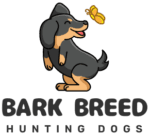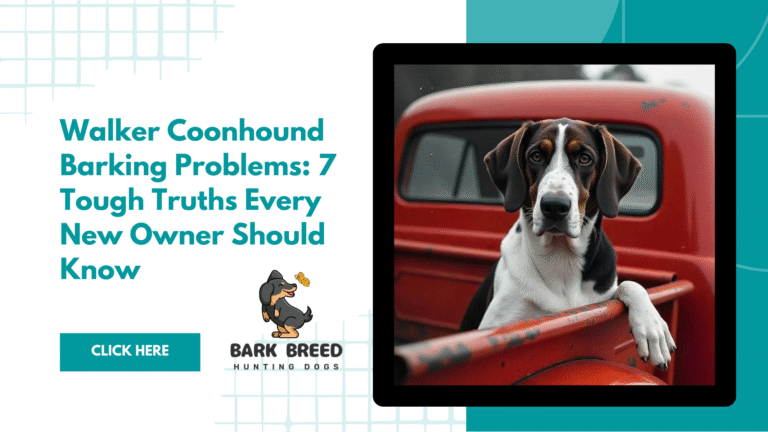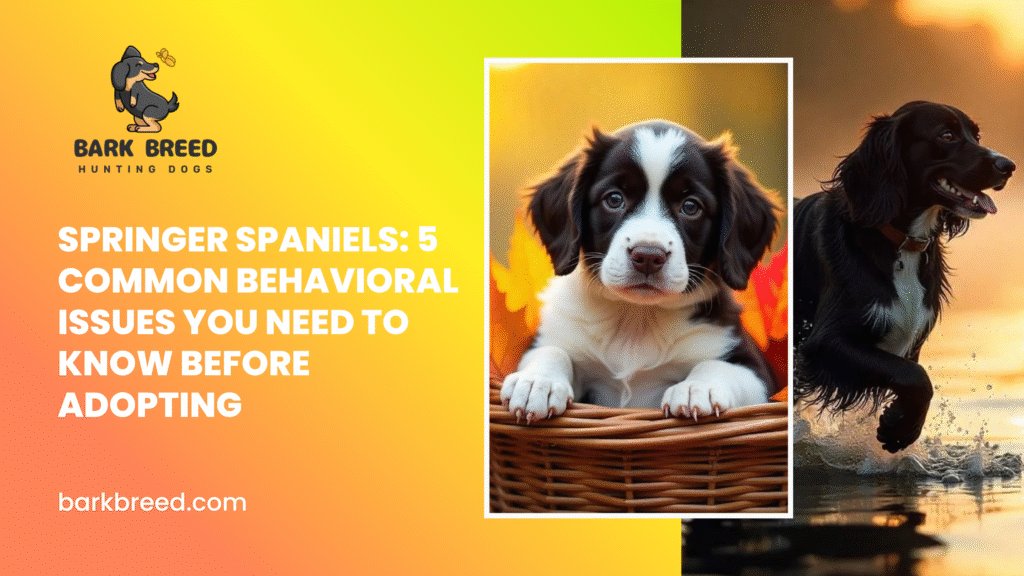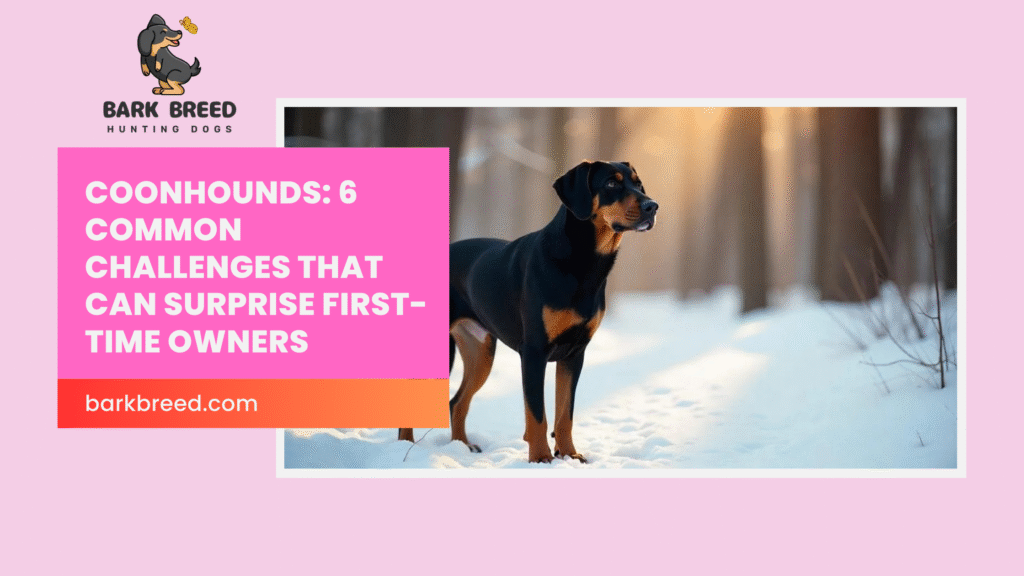- Introduction: The Honest Truth About Owning a Walker Coonhound
- 1. It’s in Their DNA: Walker Coonhounds Were Born to Bark
- 2. Silence Is Not Golden: Why a Quiet Walker Coonhound Might Be Unhealthy
- 3. Barking Out of Boredom: This Breed Needs a Job to Do
- 4. Separation Anxiety Is Real: Your Walker Coonhound Isn’t Being “Dramatic”
- 5. Your Energy Matters: Walker Coonhounds Mirror Their Environment
- 6. Training Takes Patience—And Volume Control Isn’t the Same as Obedience
- 7. Not Every Walker Coonhound Is the Same—But They All Deserve Understanding
- Conclusion: Respect the Bark, Understand the Breed
- FAQs: Common Questions About Walker Coonhound Barking
Introduction: The Honest Truth About Owning a Walker Coonhound
When you recently welcomed a Walker Coonhound into your life, you probably did not need to be told one thing: the dog loves to bark. This comes as a noisy and, at times, a nervous shock to many new owners. This is the reality, though: Walker Coonhounds are not being naughty or bad; they are simply being what they were meant to be.
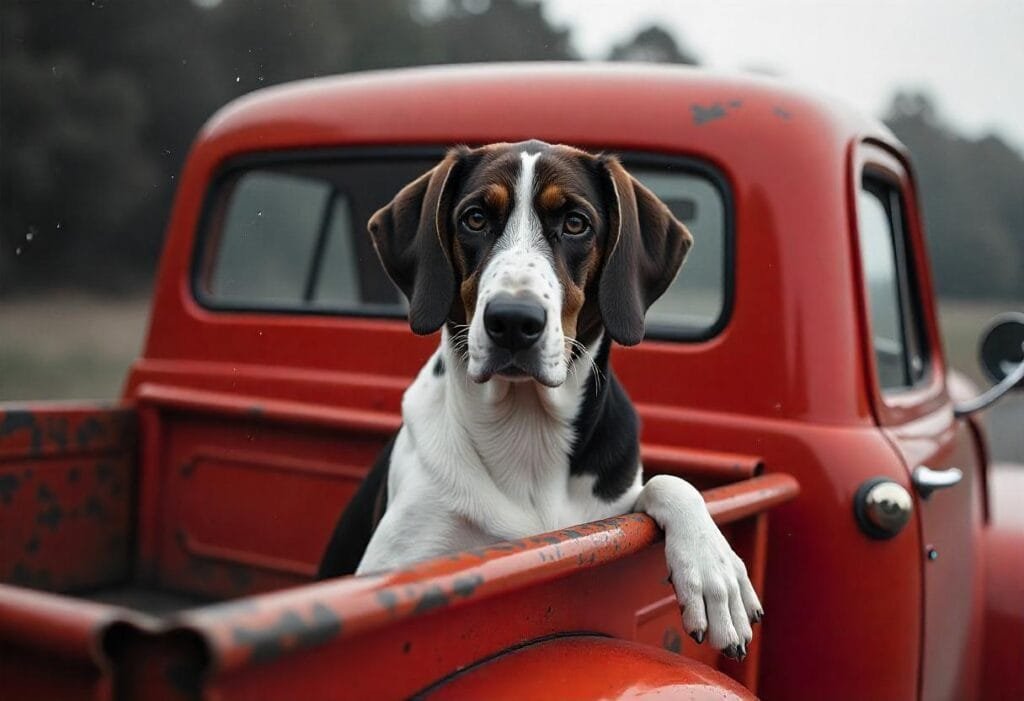
Realizing the Walker Coonhound was supposed to be a noisy tracking and treing game dog originally. They were bred to sound loud and echoing, even to the point of having a voice that could be called a baying voice in order to aid hunters locate them in the distance. It is natural, deliberate, and something almost hard-coded into them.
However, it does not imply that excessive or problem barking is something that should not be addressed or taken up lightly. Here are 7 dog parking tips that every new Walker Coonhound owner should be aware of about their barking habits in this post. Whether it is genetic tendencies or emotional ticks, we are going to reveal how to crack the code on the noise, manage the volume, and build a stronger bond with your vocal but lovable hound.
1. It’s in Their DNA: Walker Coonhounds Were Born to Bark
When it feels like your Walker Coonhound has something to say all the time, you are not mistaken. It is not a defect of this breed to bark-it is a characteristic. The breeding program of these hounds involved a single mission, the focus of which was to track and tree game, particularly raccoons, and notify the hunter of the prey location with a loud and deep bay. They have their voice as a tool, not a problem.
Baying vs. Barking vs. Howling
- Baying: The cumbersome, thudding, song-like throbbing sound they emit in making the scent. At least, it is not, you know, random; it is how they make each other understand where they are.
- Barking: Quick, sharp sounds for attention, alerting, excitement.
- Howling: Sounds like this when hearing sirens or in an effort to get in touch across long distances.
Why Suppression Doesn’t Work
You can no more expect a Walker Coonhound to get rid of barking altogether than you can expect a retriever to give up fetching, because it is contrary to the nature of the dog. Positively working with the instinct instead of directing it toward the punishment of the noise:
- Provide them with some outlets that can be considered legal to express (such as scent work games or nosework).
- Training should be used to educate when the dog is allowed to bark or when it is time to settle.
Check Out: Why English Cocker Spaniels Struggle With Separation Anxiety – 6 Surprising Reasons.
2. Silence Is Not Golden: Why a Quiet Walker Coonhound Might Be Unhealthy
Conversely, an otherwise noisy Walker Coonhound not barking at all is good behavior: not a potential red flag. This is a breed that is expressive by nature, and thus, the sudden silence may mean more.
What Silence Might Signal
- Stress or anxiety (particularly following changes in the environment)
- Bodily sickness (slowness, pain, or sore throat)
- Traumatic or painful emotional withdrawal
Know When to Worry
And do not ignore it in case the pattern of barking of your dog changed and combined with other symptoms (refusal to eat, withdrawal, hiding, or trembling). Have your pet checked by a veterinarian to eliminate the medical causes, and refer to a behaviorist in case emotional suppression is a reason.
Silence may sound like it is a relief- however, in truth, with a Walker Coonhound, this is very likely a cue of distress in masquerade form.
3. Barking Out of Boredom: This Breed Needs a Job to Do
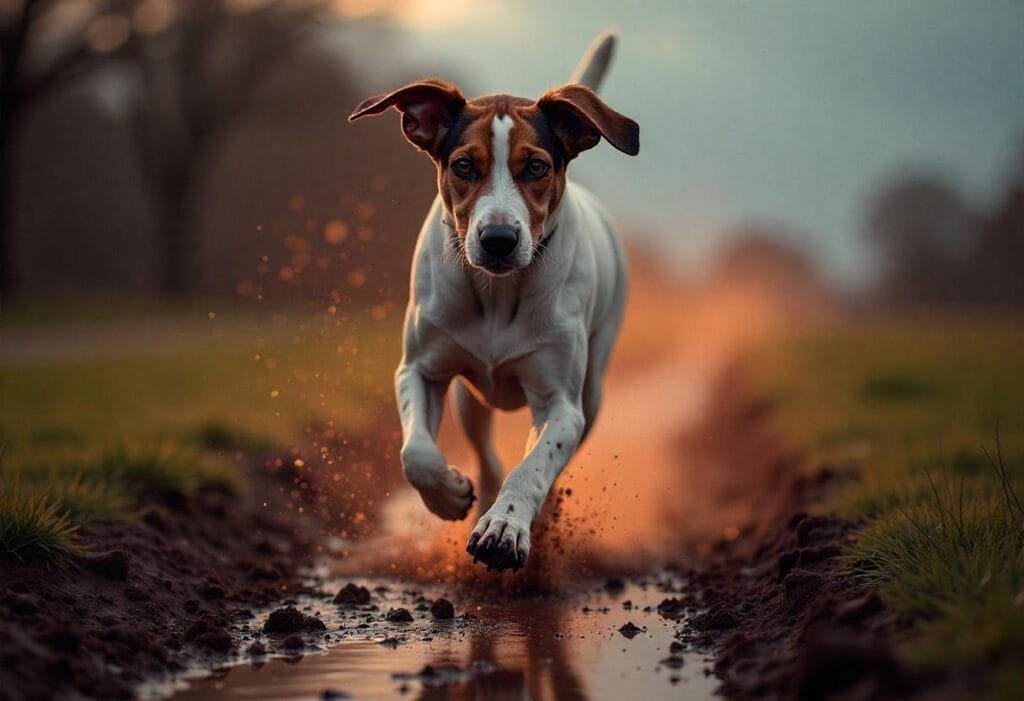
Walker Coonhound, left to his own devices, is a loud dog. These are very intelligent, enduring, and unconquered prey drive dogs. Devoid of mental and physical outlets, their barking ends up being a pressure valve releasing pent-up energy; they simply do not self-correct.
Signs Your Coonhound Is Barking from Boredom
- Barking at nothingness in long recurrent stints
- Chewing of fences, digging or pacing along fences
- Hypersensitiveness to all sounds or passersby
Enrichment That Works
It is important to keep the mind of your Walker Coonhound occupied:
- Indoors, puzzle feeders and scent games
- Daily guided activities in which sniffing activities are permitted
- Possible activities/backyard scavenger hunts
- Flirt poles and tug toys to give physical energy
A well-exercised dog is a quiet dog–with this breed, well-exercised means mentally and physically satisfied.
4. Separation Anxiety Is Real: Your Walker Coonhound Isn’t Being “Dramatic”
Walker Coonhound is a very loyal and emotionally attached breed. They not only live with you, but they also connect with you. This intimacy causes them to be extremely loving and makes them vulnerable to separation anxiety. When your Walker Coonhound howls, barks, or paces the instant you leave the house, it is not a sign of defiance–it is calling out in need to be connected.
Walker Coonhounds tend to have difficulties with solitude, since they possess somewhat pack-like behavior and orient themselves towards people. It may, in this case, cause a lot of barking, destruction, or running away. Typically, dogs who experience separation distress may continuously vocalize when their owners are away, drool, chew pieces of furniture, or scratch crates and doors.
To minimize such an attitude, you should practice leaving your dog alone by taking your time in conditioning your dog against solitude. Begin with the short shots and gradually increase the frequency of your time away. You can keep them entertained when you are out with enrichment toys, such as puzzle feeders or toys filled with frozen treats. Do not have major emotional farewells or welcomes-this just increases the worry. Positive crate training also poses an opportunity to give your dog a feeling of safety. Consistently and patiently, you can teach your Walker Coonhound to feel safe even when there is no one with him or her.
5. Your Energy Matters: Walker Coonhounds Mirror Their Environment
Walker Coonhounds are keenly smart dogs. They suck the energy out of their surroundings (and their human beings in particular). When you have a household full of tension, kids running all over, or extreme activity, do not be surprised if your dog also gets more vocal and reactive. An overenergized or pressured owner is capable of fortifying a barking behavior.
To illustrate, when you shout at your dog telling him to stop barking, you can be rewarding the behavior with attention. Or, maybe you go running over to see what you can do to console them every time they whine, and they are taught that barking produces results. Your body language, along with your tone, can even influence their behavior. When you lack consistency in your energy, they do not as well.
Nothing will better help your Walker Coonhound find a better balance and calm down than following the example yourself. Set up a routine every day, meals, walks, training, and rest. Have rehearsals of a relaxed greeting and leaving the scene in order to diminish hyperactivity. Primary noise, such as noise in the background, may be utilized to cover such triggers as automobile racket, the voices of other people. You should hold training sessions, even your short ones, every day. Keep in mind that, when you are centered in your energy, your pooch becomes more apt to feel safe–and quiet down.
6. Training Takes Patience—And Volume Control Isn’t the Same as Obedience
New owners tend to assume that training will resolve the problem of barking i.e., simply bark. However, in the case of a vocal, instinct-driven breed such as the Walker Coonhound, training does not always mean it is about getting them to stop talking; indeed, in the case of a vocal breed, it is more about helping them learn self-control and emotional regulation. Barking is usually another manifestation of something more: boredom, anxiety, or over-stimulation.
The training of your dog to bark on a command basis will simply fail to take root until the dog learns why and when to respond vocally. Yelling the word quiet alone would almost never work out, and it might sound like you are barking at them. Rather, positive reinforcement should be used to train a phrase such as one that consists of the word enough or settle. Immediately, your dog stops barking, reward it. As they repeat these things, they will start to imagine good consequences when they remain quiet.
Another needed piece is impulse control. Walker Coonhounds respond well to organized games and training and develop patience and focus. Those commands should include: watch me, stay, or leave it, which are taught in situations of excitement so that they can transfer their attention and gain control over themselves. Beware: and never forget: reward the calm. This breed loves food, scent games, and praise–use these motivators to strengthen the behavior you do want. The most important thing is to have patience and be constant; there are not that many quick fixes to any breed this vocal and goal-oriented.
7. Not Every Walker Coonhound Is the Same—But They All Deserve Understanding
Inasmuch as the barking characteristic is a hallmark of the Walker Coonhound, it does not imply that not all breeds within the species will bark equally-or on the same grounds. Every dog, as well as people, has his or her temper, history, and limits of tolerance. Coonhounds are predisposed to being louder and more hyperactive than others, and some are quiet and never get riled up.
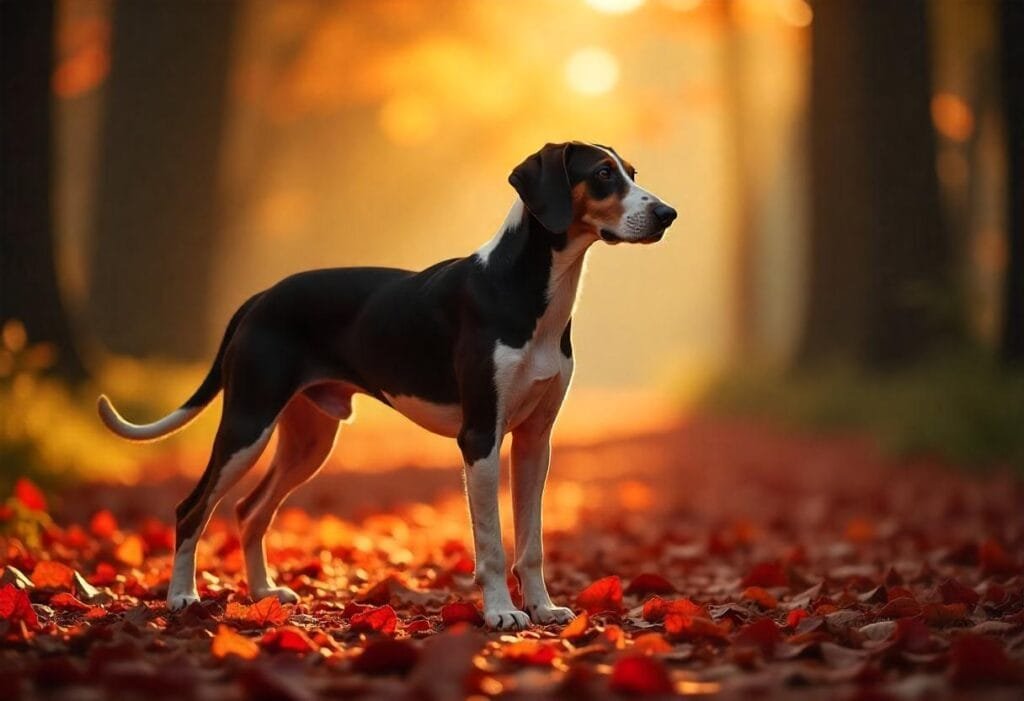
It should be made clear that there is a need to separate normal breed-specific behavior and early warning signs of a problem. An example of these is a bay during play or alerting to a squirrel at times. However, when your Walker Coonhound barks at the shadows all the time, paces, and looks anxious or busy, he is probably stressed, frustrated, or bored. Knowing the basic personality of the dog can make one realize when something seems odd.
Should the barking of your dog persist beyond what you can handle, even after your best efforts, then it is alright to seek the help of others. A certified dog trainer with knowledge of the breeds associated with hounds can offer specific tricks, as well as a vet behaviorist to determine whether anxiety or similar states are also contributing factors. After all is said and done, any Walker Coonhound needs not only discipline, but understanding and a proper education. Their bark is who they are–it is our job to assist them in utilizing it in healthy and appropriate ways.
Conclusion: Respect the Bark, Understand the Breed
Having a Walker Coonhound as your pet means that you will always have a talkative, outgoing, and highly intelligent dog. Barking is not only a habit, but it is inbuilt in their genes. Their voice, whether used as a way of hunting or in communicating emotions, is what guides them around the world.
Rather than attempting to cure or correct the barking, it is more effective–and more humane–to learn more about it. As your Walker Coonhound bays out of boredom, anxiety, or excitement, the story is in the bark. With patience, regular training, mental stimulation, and a profound understanding of the breed’s instincts, you will be able to lead your dog towards more appropriate behaviours without killing the personality that naturally exists.
Yes, time-consuming. Sure, it is patience. However, knowing what your Walker Coonhound is actually attempting to communicate can end up in a bond based on trust versus frustration. And it will be all the barking worth it.
For more info: Click Here.
FAQs: Common Questions About Walker Coonhound Barking
Q1: Do Walker Coonhounds get along with apartment life?
Walker Coonhounds are very vocal and active, which is a problem when living in apartments-particularly in quiet areas. Nevertheless, some owners do it successfully through proper training and a daily mental stimulation, and loads of physical exercise outside. All you have to do is be ready to receive possible complaints when your dog barks when you are not at home.
Q2: Is it possible to teach a Walker Coonhound to bark less?
Yes, absolutely. Although you cannot completely stop the barking (or maybe you should not), you can teach your Walker Coonhound to bark less and when appropriate with the help of positive reinforcement training, impulse control training, and enrichment activities.
Q3: How can barking in Walker Coonhounds be prevented, and what tools will assist in this situation?
One can use puzzle toys, scent-tracking games, calming music, a white noise machine, and treat-dispensing toys. Do not use shock collars or any aversive aids- this usually makes the problem worse, as you may exacerbate the problem with this sensitive breed.
